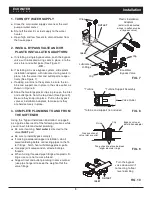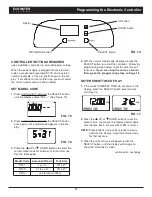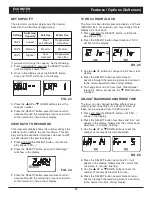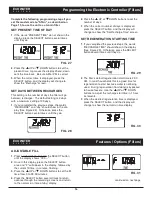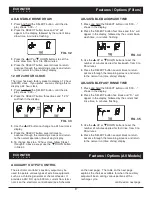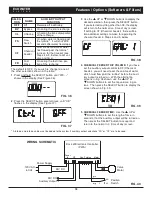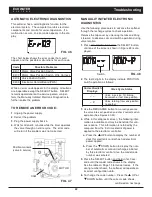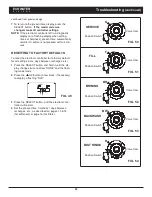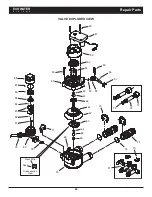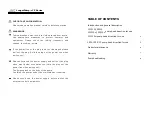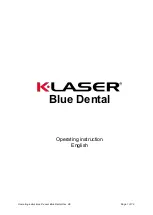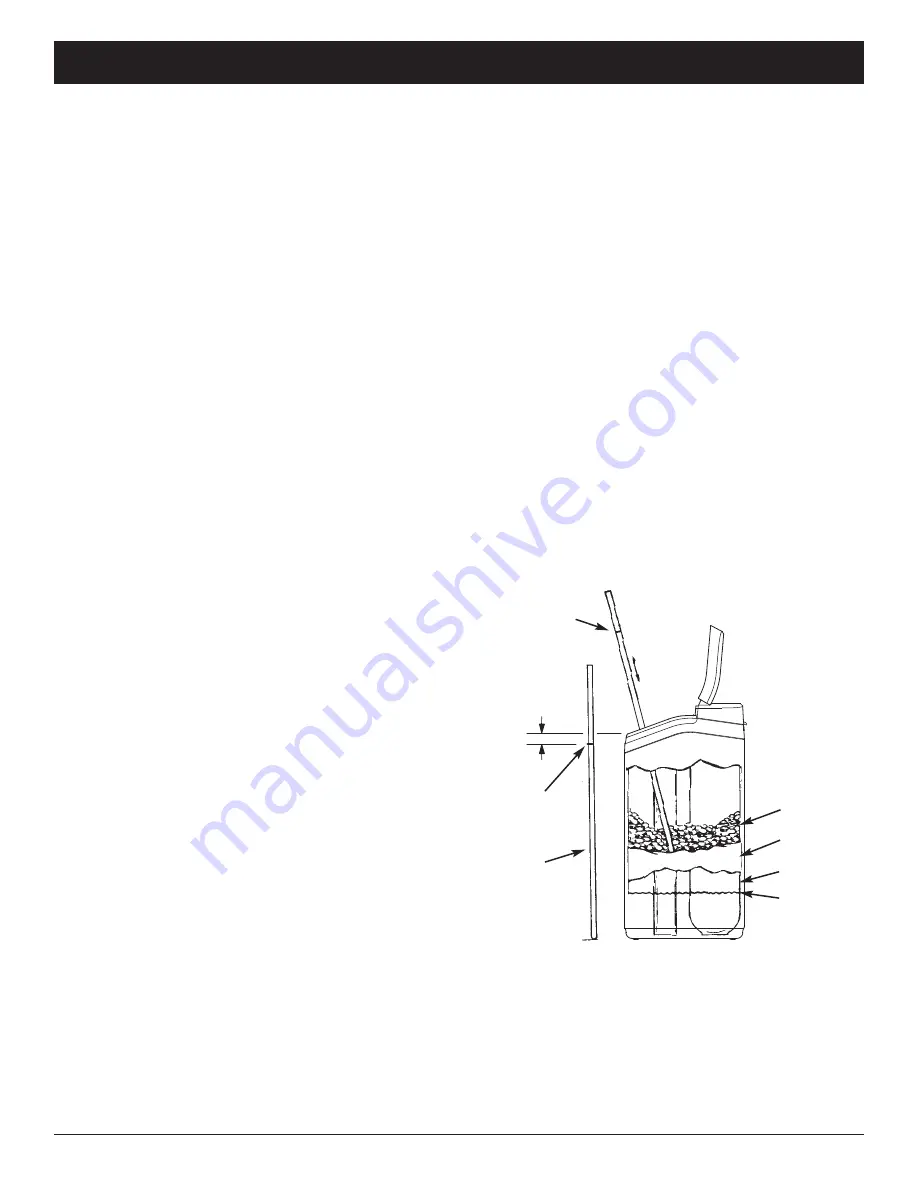
20
ECOWATER
S Y S T E M S
Routine Maintenance
REFILLING WITH SALT
If the softener uses all the salt before more is added,
hard water will result. Remove the brine tank lid and
check the salt level frequently. Until you have estab-
lished a refilling routine, check the salt every 2 or 3
weeks. Be sure that the brinewell cover is on when
adding salt.
NOTE:
In humid areas it is best to keep the salt level
less than half full and refill more often.
RECOMMENDED SALT:
Cube, pellet, coarse solar,
etc., water softener salt is recommended. This type
of salt is high purity evaporated crystals, sometimes
formed and pressed into briquets. It has less than
1% insoluble (not dissolvable in water) impurities.
Clean, high grade rock salts are acceptable, but may
require frequent brine tank cleaning to remove the
“sludge” residue (insolubles) collecting at the bottom
of the tank.
POTASSIUM CHLORIDE:
If you choose potassium
chloride (KCl) salt instead of standard sodium chlo-
ride (NaCl) water softener salt as a regenerant:
1) The hardness setting must be increased by 25%.
2) Place only one bag of potassium chloride (KCl) into
your water softener at a time. The salt storage
tank should never contain more than 60 pounds of
KCl.
SALT NOT RECOMMENDED:
Rock salt high in
impurities, block, granulated, table, ice melting, or ice
cream making salts, etc., are not recommended.
SALT WITH IRON REMOVING ADDITIVE:
Some
salts have an additive to help a water softener handle
iron in the water supply. Although this may help keep
the resin bed clean, it may also release corrosive
fumes that will weaken and shorten the life of some
EcoWater Systems softener electronic parts. Iron Out
salt is safe to use on two-tank models.
BREAKING A SALT BRIDGE
Sometimes a hard crust or salt “bridge” forms in the
brine tank. This is usually caused by high humidity or
the wrong kind of salt. When the salt bridges, an
empty space forms between the water and the salt.
Then salt will not dissolve in the water to make brine.
Without brine, the resin bed is not recharged and
hard water will result.
If the storage tank is full of salt, it is difficult to tell
whether there is a salt bridge. A bridge may be
underneath loose salt. The following is the best way
to check for a salt bridge:
Salt should be loose all the way to the bottom of the
tank. Hold a broom handle, or like tool, up to the
softener’s brine tank, as shown in Figure 44. Make a
pencil mark on the handle 1” - 2” below the top of the
rim. Then, carefully push it straight down into the
salt. If a hard object is felt before the pencil mark is
even with the top, it is most likely a salt bridge.
Carefully push into the bridge in several places to
break it.
Do not try to break the salt bridge by
pounding on the outside of the salt tank. You
may damage the tank.
FIG. 44
1” - 2”
Pencil
Mark
Broom
Handle
Push tool into
salt bridge
to break
Water Level
Empty Space
Salt Bridge
Salt




